CALENDAR OF SW SPECIALS, FAREWELLS
Dates, days and times are strictly UT
MONDAY JUNE 18 +
This is the final week for Radio Canada International, probably also for CBC NQ 9625, and relays via Sackville. You may want to make an effort to listen more than usual before the Last Days scheduled below.
THURSDAY JUNE 21
2130-2145 British Antarctic Survey special, 9850 & 5950 Skelton UK, 7360 Ascension; or may be 2130-2200, and possibly on WED JUNE 20 instead
FRIDAY JUNE 22
2100 until 2100 SATURDAY JUNE 23 “MidsummerRadio”, special from Scandinavian Weekend Radio, Finland, low power on 25 and 49m; hard to hear beyond Europe
http://www.swradio.net/index2.htm
SATURDAY JUNE 23
1200-1214, final Vatican Radio English via Sackville: 13730
SUNDAY JUNE 24
0000-0059 Maple Leaf Mailbag, finale from RCI: 11700 via Kunming
1500-1559 Maple Leaf Mailbag, finale from RCI: 11675 via Kunming; 15125 via Urumqi, East Turkistan
1800-1859 Maple Leaf Mailbag, finale from RCI: 17810 Skelton UK (should be audible in NAm), 11765 Skelton, 9530 Kashi, East Turkistan
2000-2059 Maple Leaf Mailbag, finale2 from RCI Sackville: 17735, 15330, 15235
RCI Chinese, French, Arabic, Spanish, Portuguese final broadcasts should also be June 24, ending at 2330* UT on 11990, 13760, 15455:
http://www.hfcc.org/data/schedbybrc.php?seas=A12&broadc=RCI
June 24 also appears to be the final day on air for Sackville relays of other stations. It is unclear whether all of these will be gone once the UT day June 25 starts, but assuming they are, listen UT June 24:
NHK World Radio Japan: English 0500-0530 on 6110, 1200-1230 on 6120; Japanese 0200-0500 5960; 1300-1500 11655
Vatican Radio: English 0250-0315, Spanish 0320-0400 both on 7305, 9610; Spanish 1130-1214 13730
Voice of Vietnam: English 0100-0130, 0230-0300, 0330-0400 on 6175
KBS World Radio, English: 0230-0300 9560, 1200-1300 9650; Spanish 0200-0230 9560, 0600-0700 6045; Korean 1400-1500 9650
China Radio International: who cares? Too many and plenty will be left from elsewhere
Radio República, 2300-0200 on 9490 [or only until 0000?]
1100-1127 Cartas @ RN, finale of mailbag show on RN Spanish 9895 & 6165-Bonaire
1130-1157 Cartas @ RN, finale of mailbag show on RN Spanish 6165- Bonaire
1200-1227 Cartas @ RN, finale of mailbag show on RN Spanish 9715 & 6165-Bonaire
MONDAY JUNE 25
0000-0057 Cartas @ RN, finale of mailbag show on RN Spanish 6165- Bonaire
0100-0157 Cartas @ RN, finale of mailbag show on RN Spanish 6165- Bonaire
0830-0900 Fiji Democracy & Freedom Movement, 11565 via WHRI, weekly
This is the final week for Radio Netherlands. You may want to make an effort to listen before the Last Show special scheduled below
FRIDAY JUNE 29
0200-0400 PCJ Radio Special farewell to RNW, on WRMI 9955
For more details visit http://www.pcjmedia.com
A bit cheeky to schedule this at the same time as RN`s own Last Show!
0159-0257 RNW`s Last Show special to ENAm, 6165-Bonaire [not 11640]
0259-0357 RNW`s Last Show special to CNAm, 6165-Bonaire
0459-0557 RNW`s Last Show special to WNAm, 6165-Bonaire; NZ/SEAu 12015-Bonaire
In case there are any further changes from the `final` schedule:
http://www.rnw.nl/english/article/were-changing
Will Tom Meyer appear on this one? He does in Spanish:
1000-1057, RNW farewell broadcast in Indonesian: 17840 & 21485 Madagascar, 15300 & 15565 Sri Lanka; maybe also at 1100, 2100 [or June 28]
1330-1430 RNW Spanish farewell program with live video stream, including interview with Tom Meyer; repeated on SW the following evening on usual frequencies; see SAT
1400-1457 RNW`s Last Show special to Asia, 9800-Sri Lanka
1800-1957 RNW`s Last Show special to Africa, 17605-Vatican [audible in NAm]
1859-2057 RNW`s Last Show Special to Eu 6065
1900-2057 RNW`s Last Show Special to Af 7425-Madagascar
1900-2057 RNW`s Last Show Special to Af 11615-France
1900-2057 RNW`s Last Show Special to Af 15495-Vatican [maybe audible in NAm]. 2057 UT is really The End, for English
SATURDAY JUNE 30
0000-0057 & 0100-0157, RNW Spanish Farewell program [that`s what they say, unlike English which will end the previous night. Also check UT Friday June 29 in case that is correct date for Spanish too], 6165- Bonaire. See
http://www.rnw.nl/espanol/radioshow/cartasrn-en-v%C3%ADsperas-del- %C3%BAltimo-programa
VATICAN RADIO is also canceling most of its SW and MW broadcasts to Europe, and SW to Americas as of July 1. Presumably many of them will last be aired on June 30, altho the Sackville relays may have ended a week earlier. See
http://www.hfcc.org/data/schedbybrc.php?seas=A12&broadc=VAT
Many of the SMG transmissions to elsewhere are audible in NAm; also via Madagascar; and especially BONAIRE: 0030-0200 15470 in Portuguese, Spanish; 0230-0250 6040, 9610 in French. Since these are after 0000 UT, will their last day be UT June 30 or July 1?
2359-2400, LEAP SECOND, the 61-second minute on WWV, WWVH and all the world`s timesignal stations
http://hpiers.obspm.fr/iers/bul/bulc/bulletinc.dat
FRIDAY JULY 6
2100 until 2100 UT July 7, Scandinavian Weekend Radio monthly broadcast expected, not confirmed; see June 22
THURSDAY JULY 12-SUNDAY JULY 15
R. Hami, Finland, low-power special on 6170, 1584, 94.7. Details:
http://radiohami.fi/
FRIDAY JULY 13
BBC Radio 3 Prom Concert season starts, until September 8
http://www.bbc.co.uk/proms
This calendar will be updated and reissued as needed
Latest edition: http://www.w4uvh.net/calendar.html
(Glenn Hauser, 1640 UT June 18, DX LISTENING DIGEST)
I will try to record some of these, but would love your recordings if you catch them.

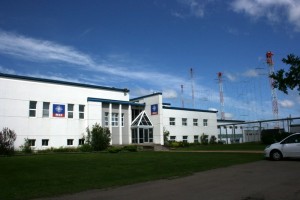

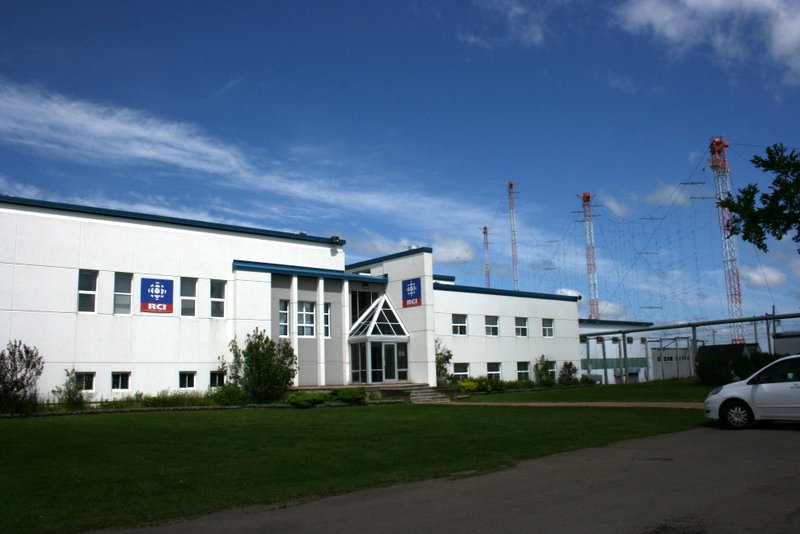

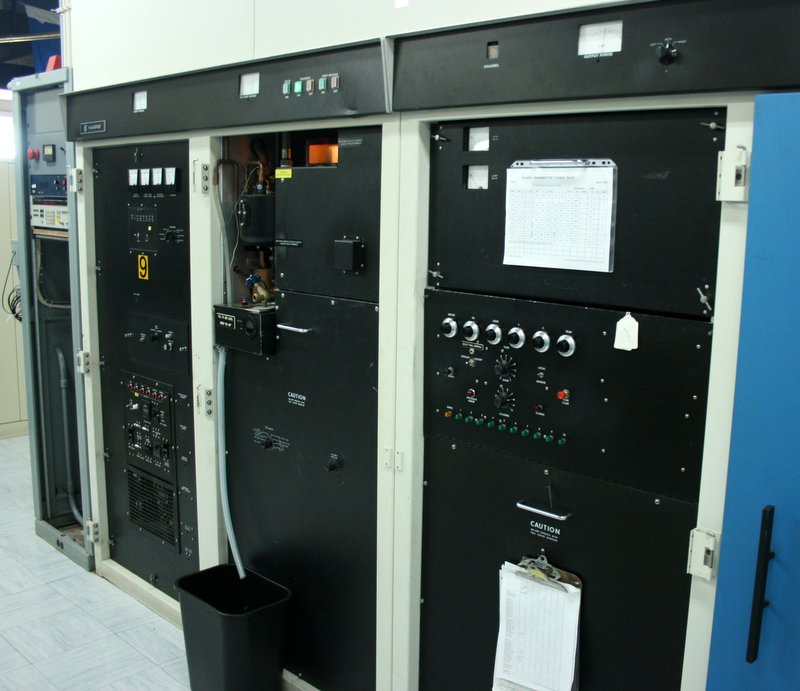
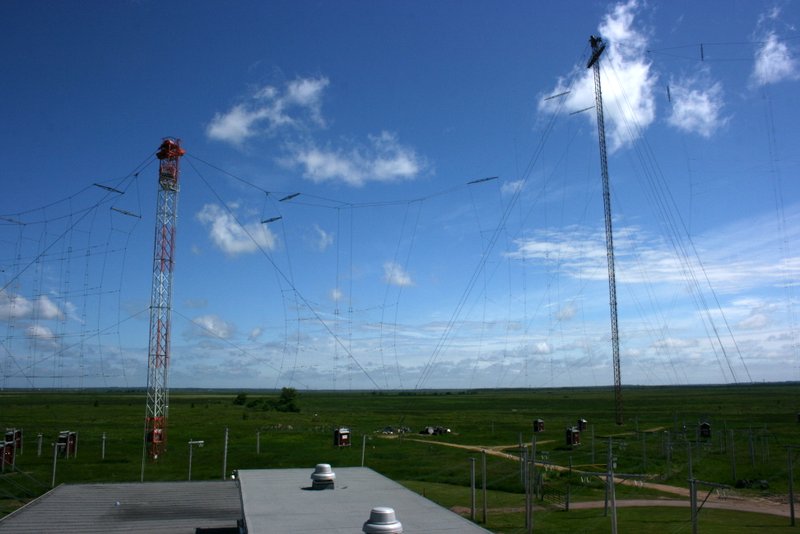
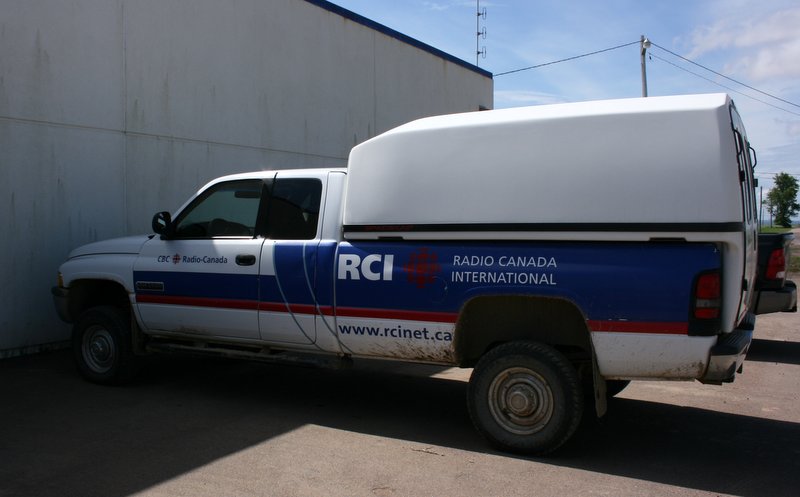
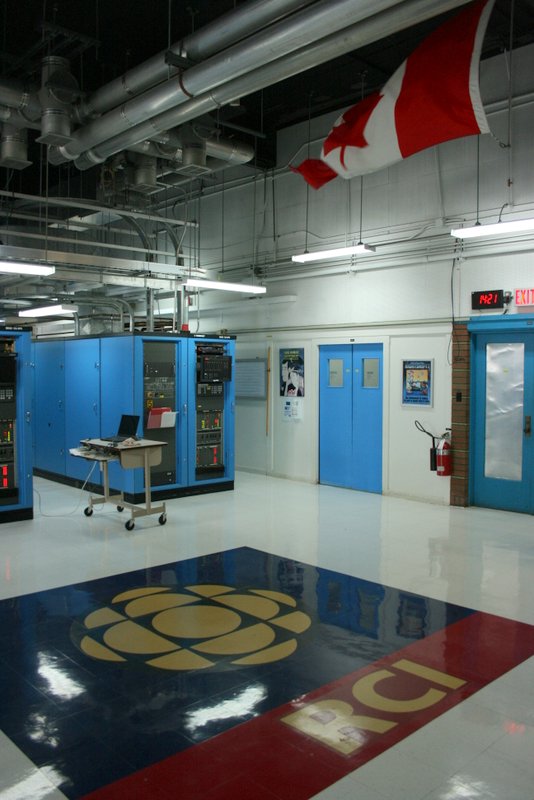
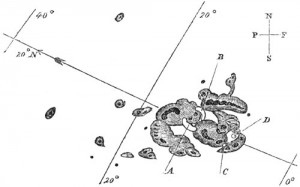
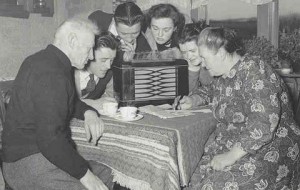 Since I’m travelling, I was very pleased to find that Glenn Hauser outlined the many special broadcasts and farewells over the next couple of weeks. Frankly, there are so many, I’ve had trouble keeping them organized in my calendar.
Since I’m travelling, I was very pleased to find that Glenn Hauser outlined the many special broadcasts and farewells over the next couple of weeks. Frankly, there are so many, I’ve had trouble keeping them organized in my calendar.
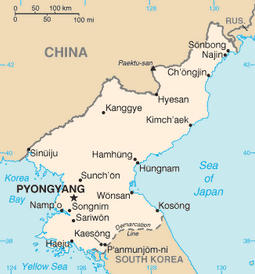 As
As 
